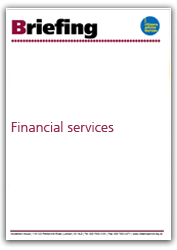Out of pocket

CAB evidence on the impact of fee-charging cash machines
Summary
Most people in the UK use automatic teller machines (ATMs) to access their cash. Over the last seven years the number of ATMs which charge a fee to access money has grown from very few to over 40 per cent of total cash machines. Our research found that:
- in some areas people have no choice but to use a fee charging cash machine, particularly in rural or urban deprived areas where a small bank branches may have closed. Our online survey found that 20 per cent of people use a fee charging cash machine at least once a week
- some places such as hospitals and universities have become 'fee charging hotspots' where people have no choice but to incur a fee to access their money
- despite commitments about clear signage in the LINK code of compliance, signage of fee-charging ATMs needs to be improved. In our online survey, 73 per cent of people said that additional signage would enable them to make a more informed decision about using fee charging ATM
- the impact of having to use a fee-charging cash machine is most acute for people in receipt of state benefits whose income is now paid into bank accounts. Even a £1.50 charge can represent a large part of their weekly income.
This briefing includes recommendations to a range of stakeholders, including government departments, LINK, the Post Office and banks.
Social policy contact: Francesca Hopwood Road: Francesca.HopwoodRoad

